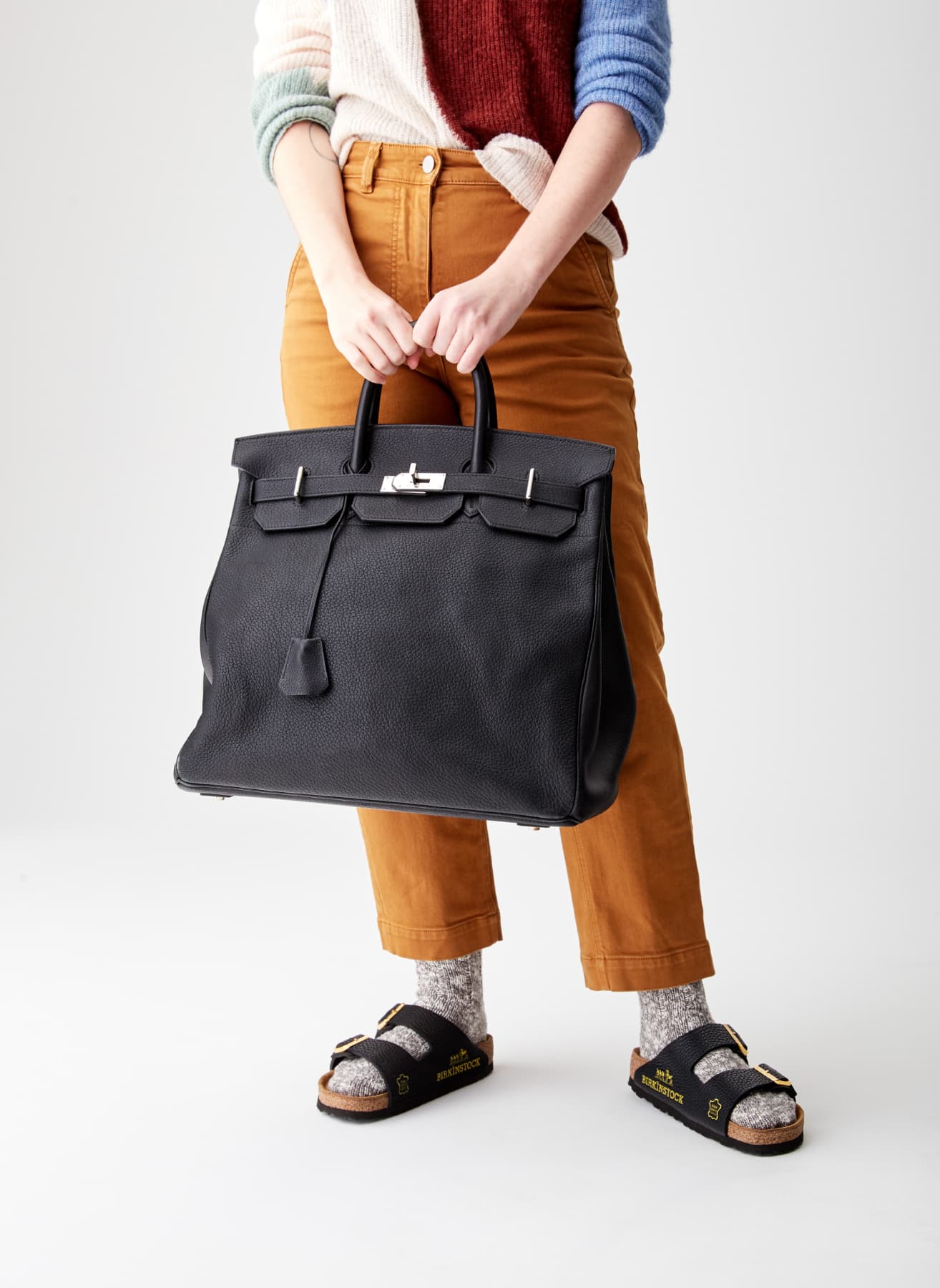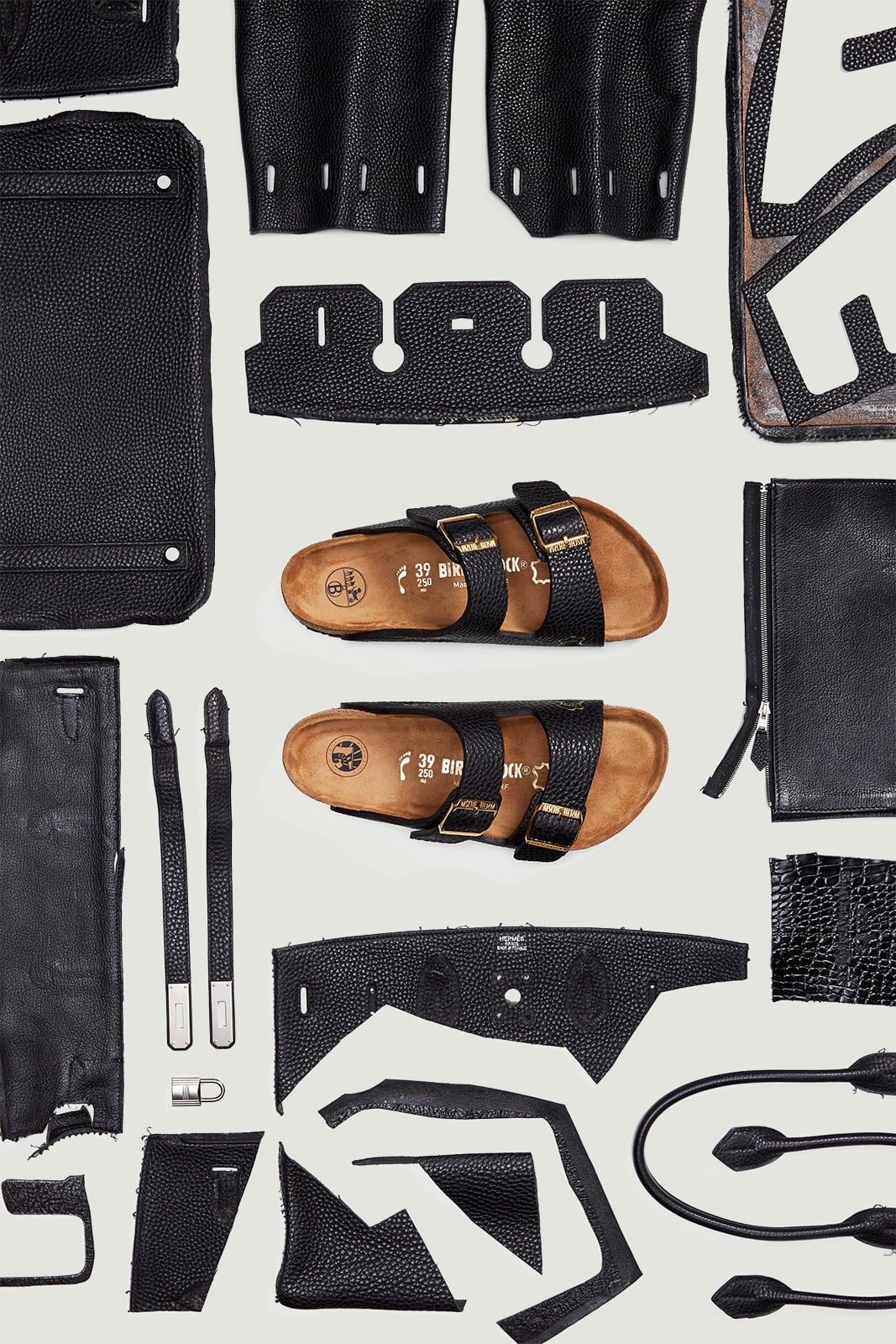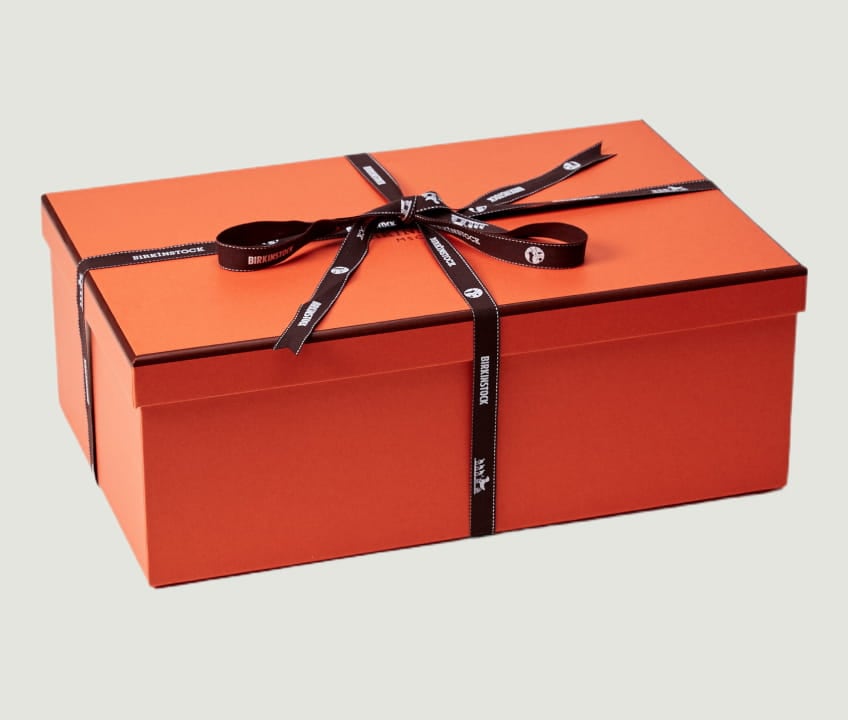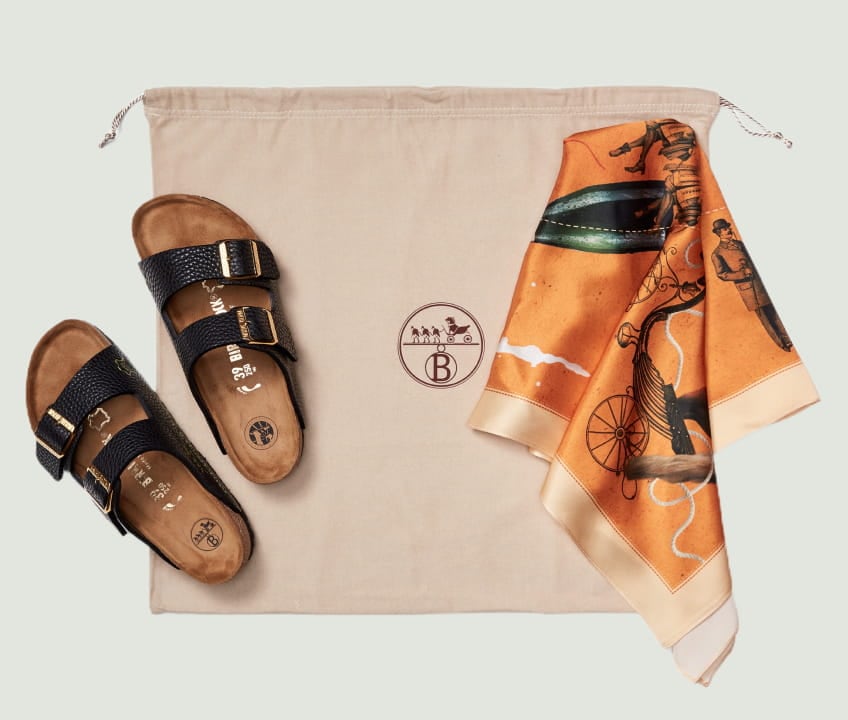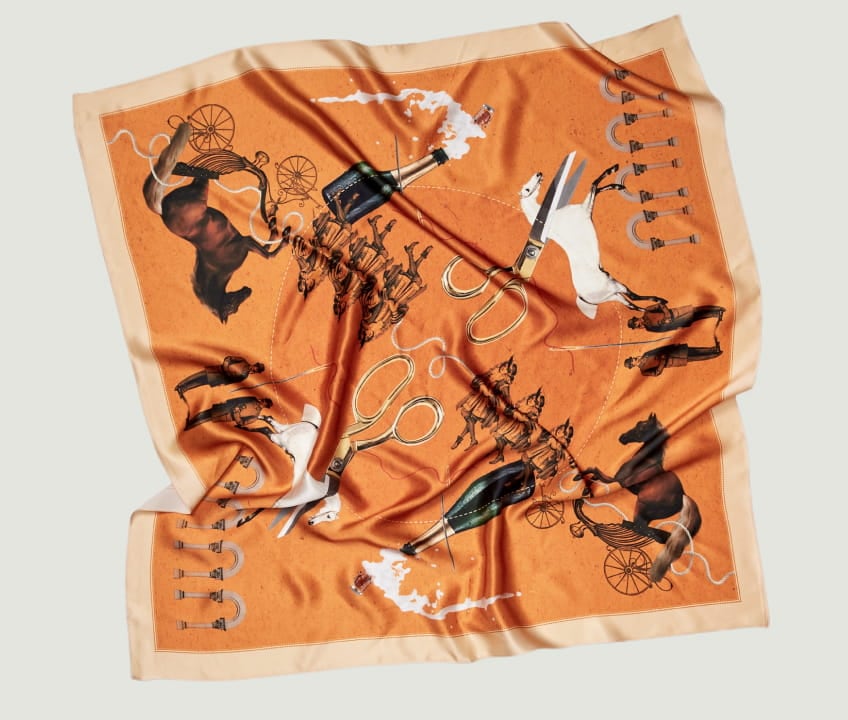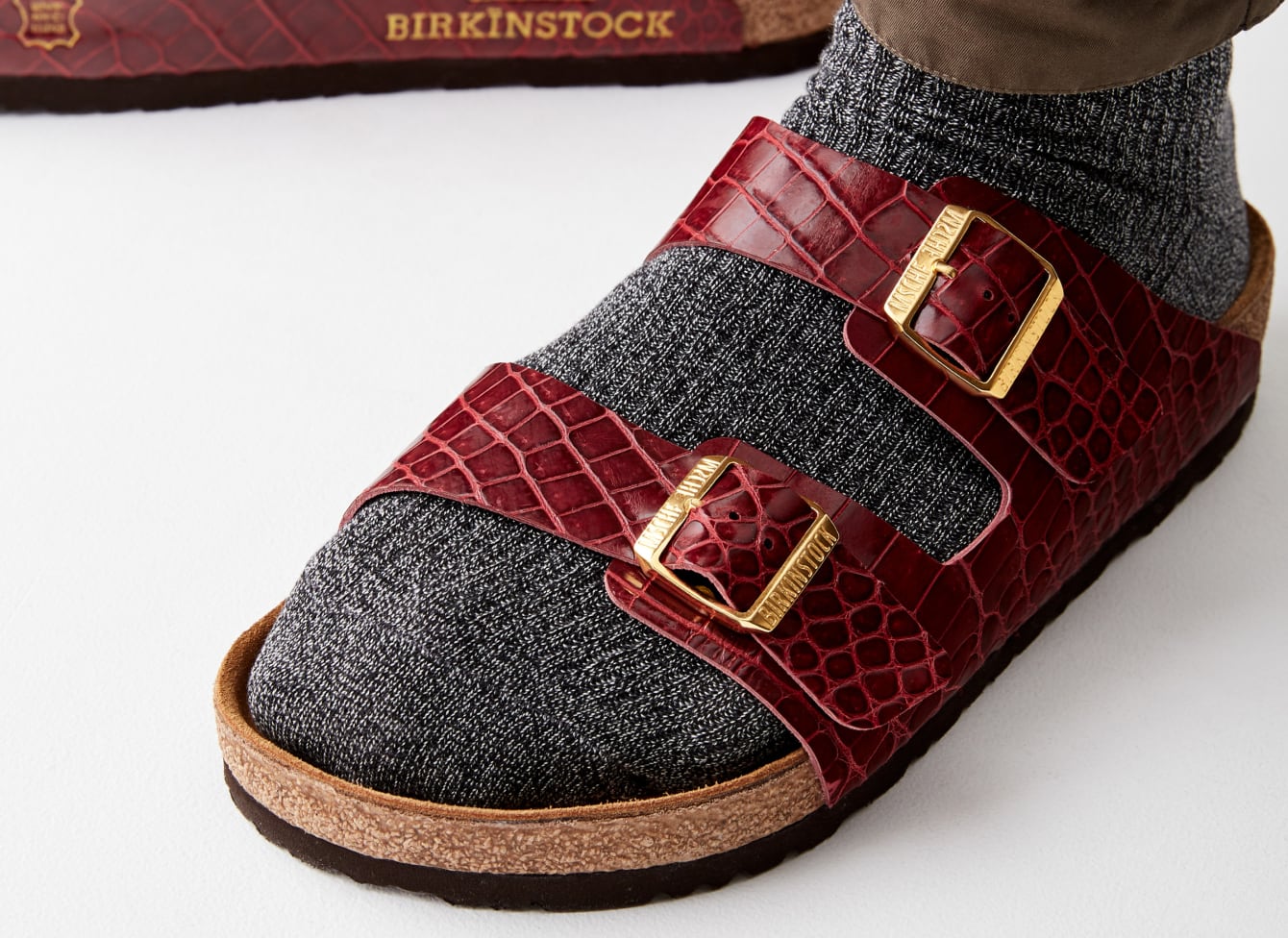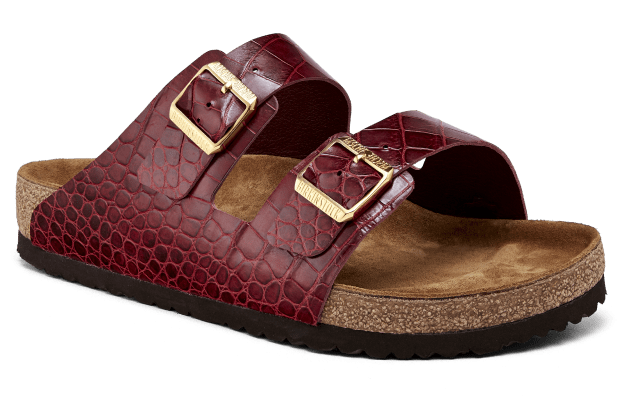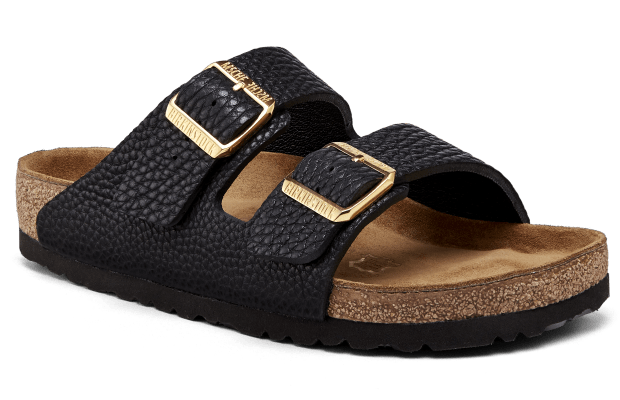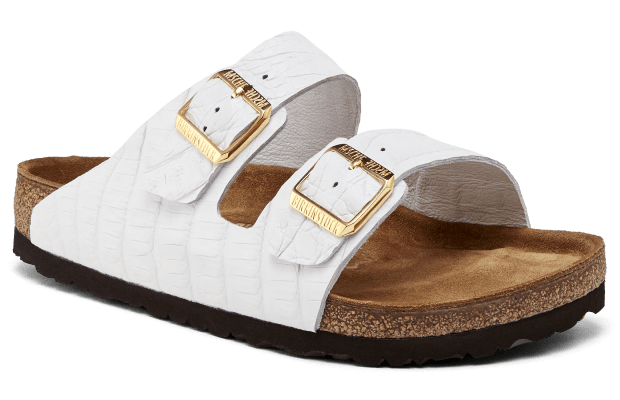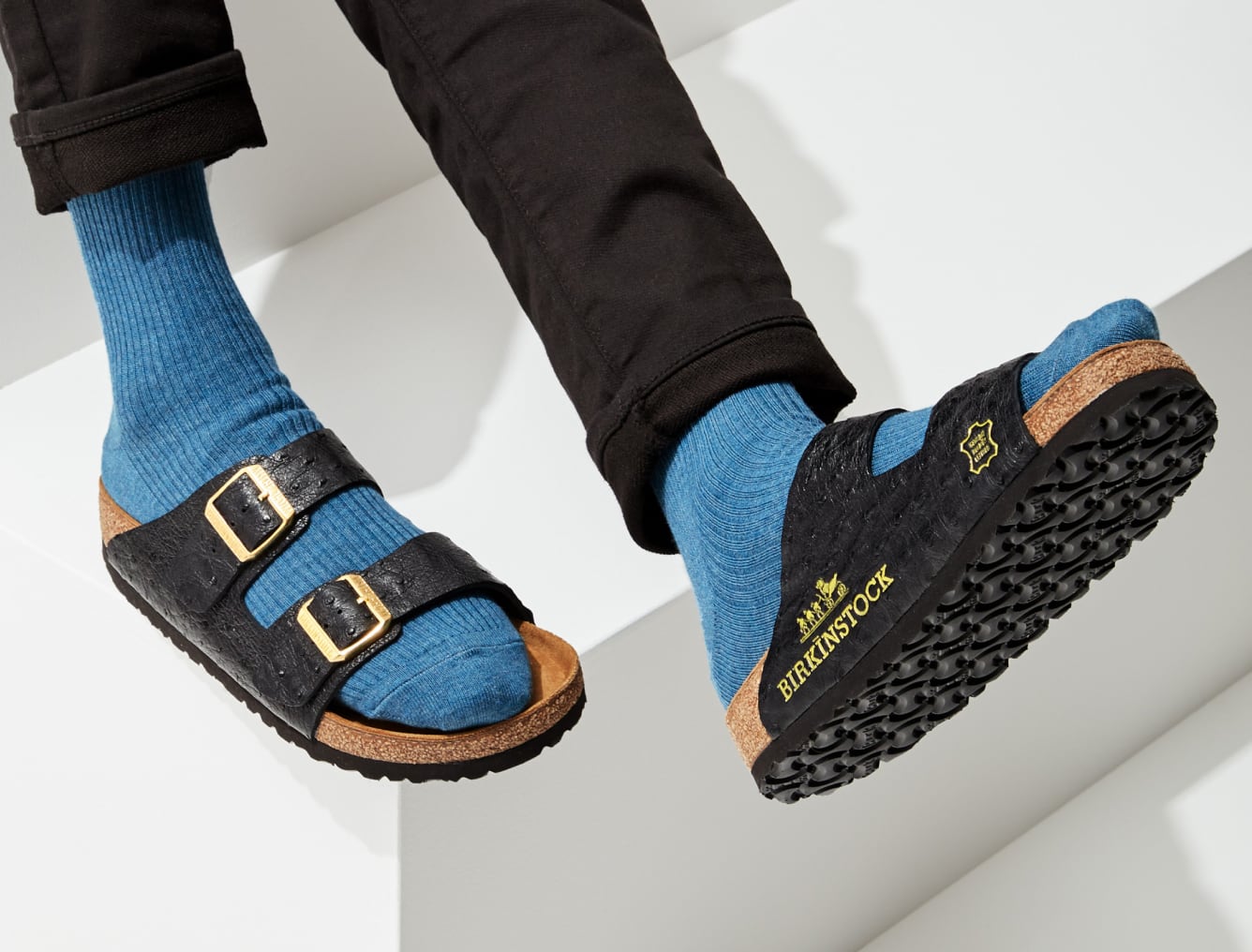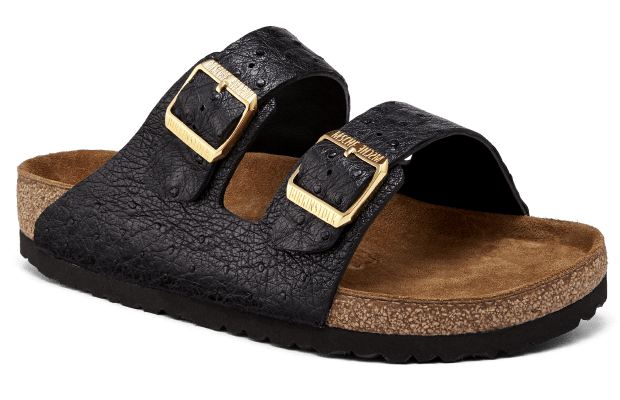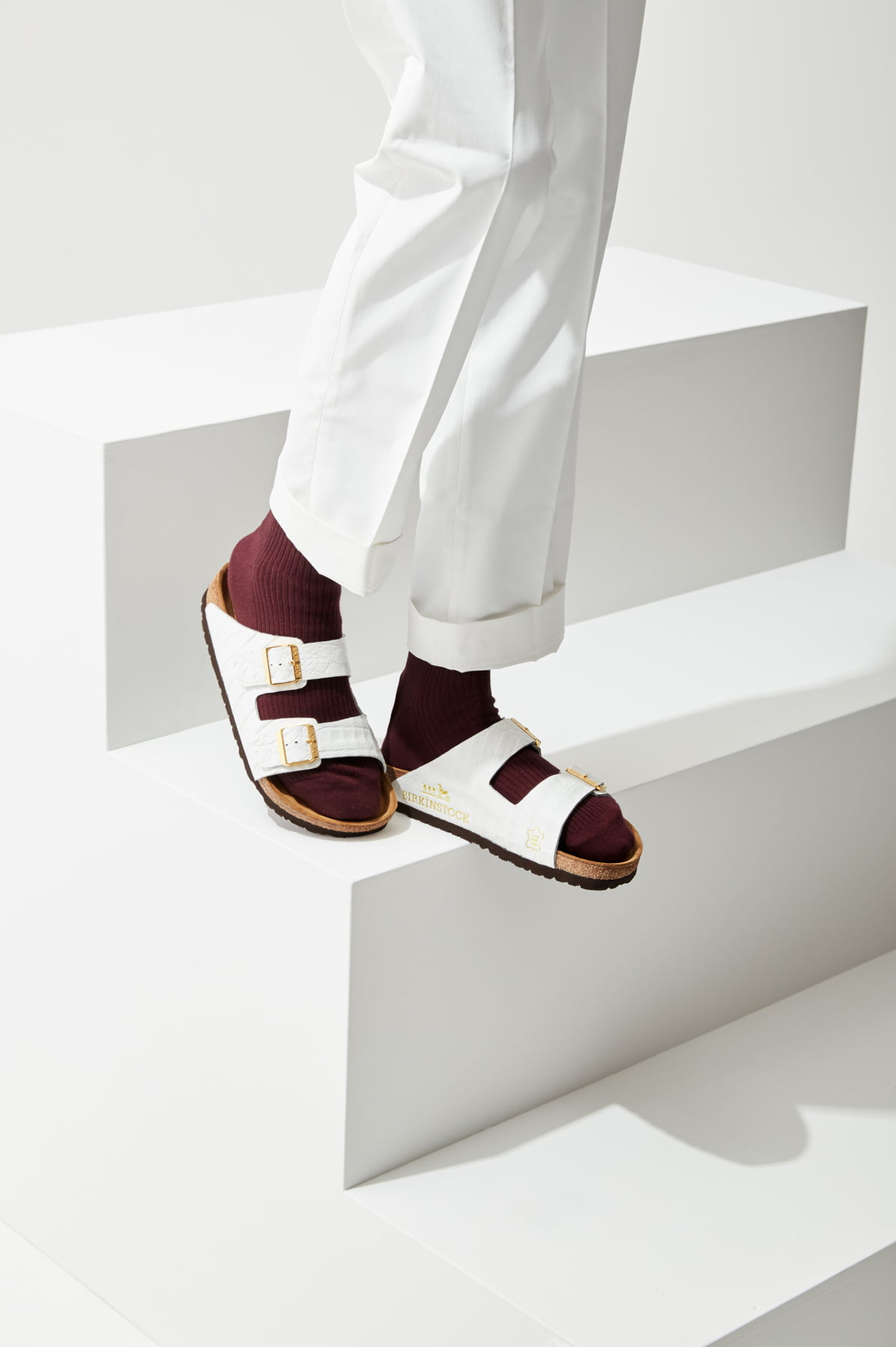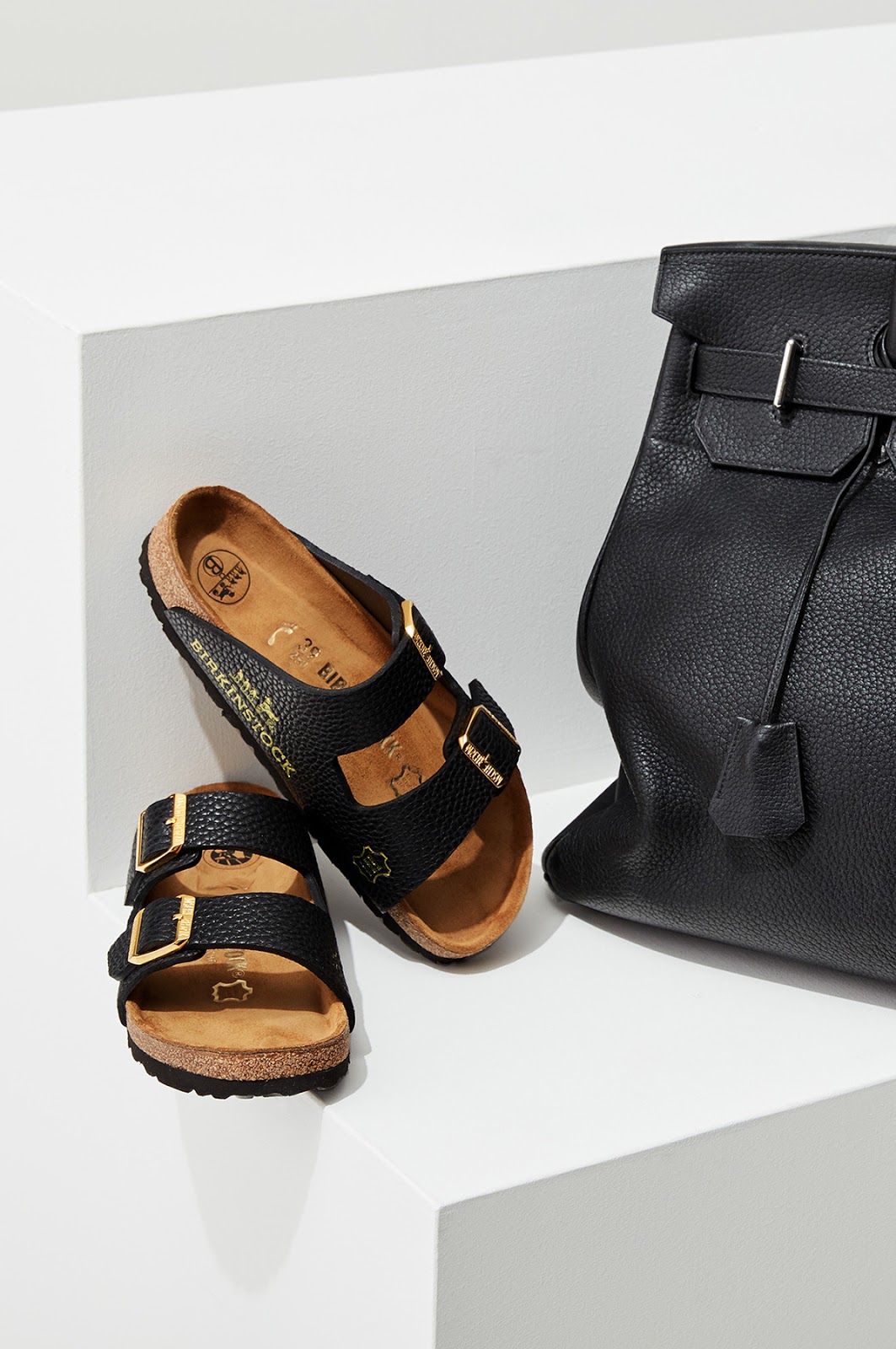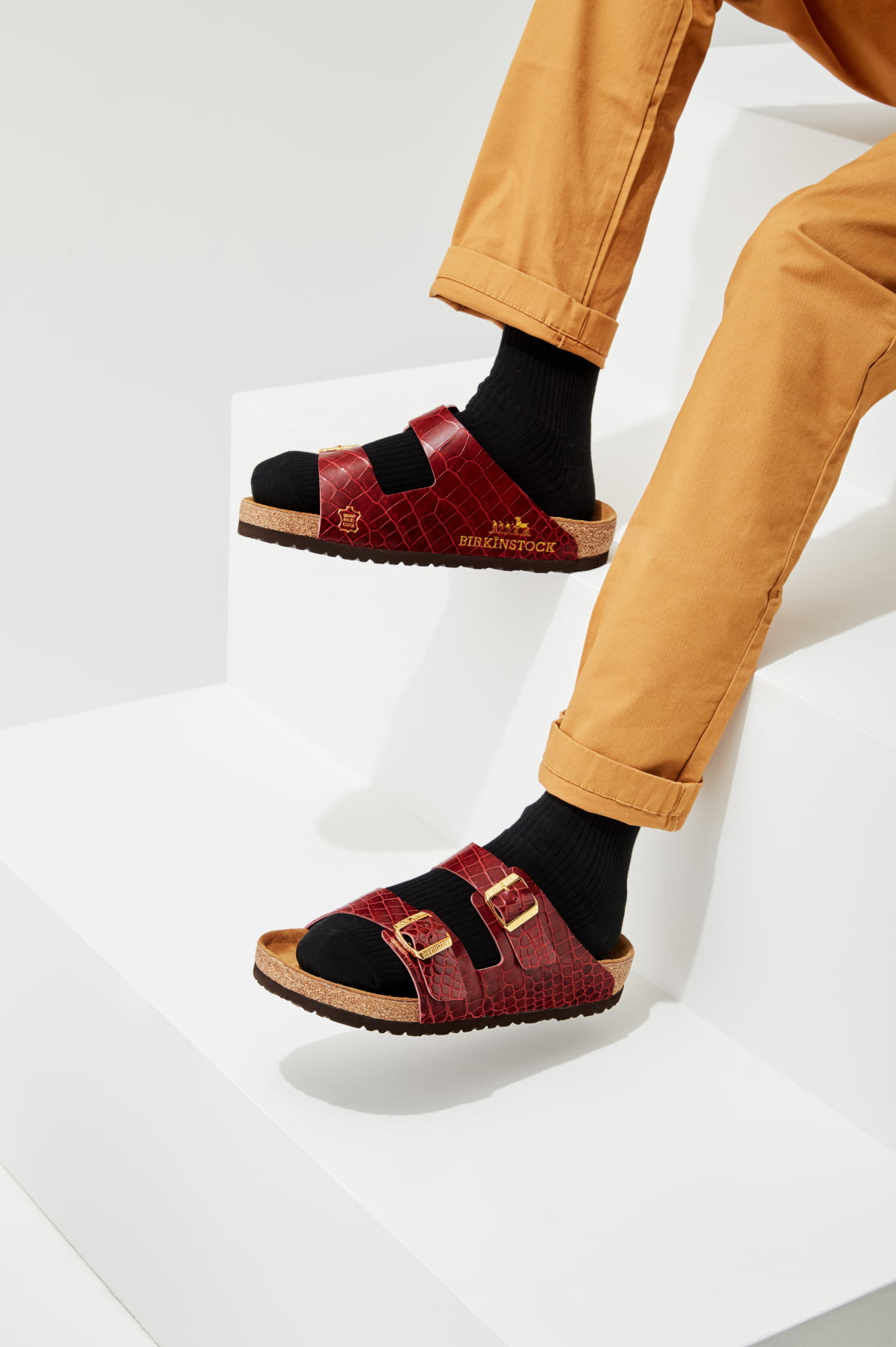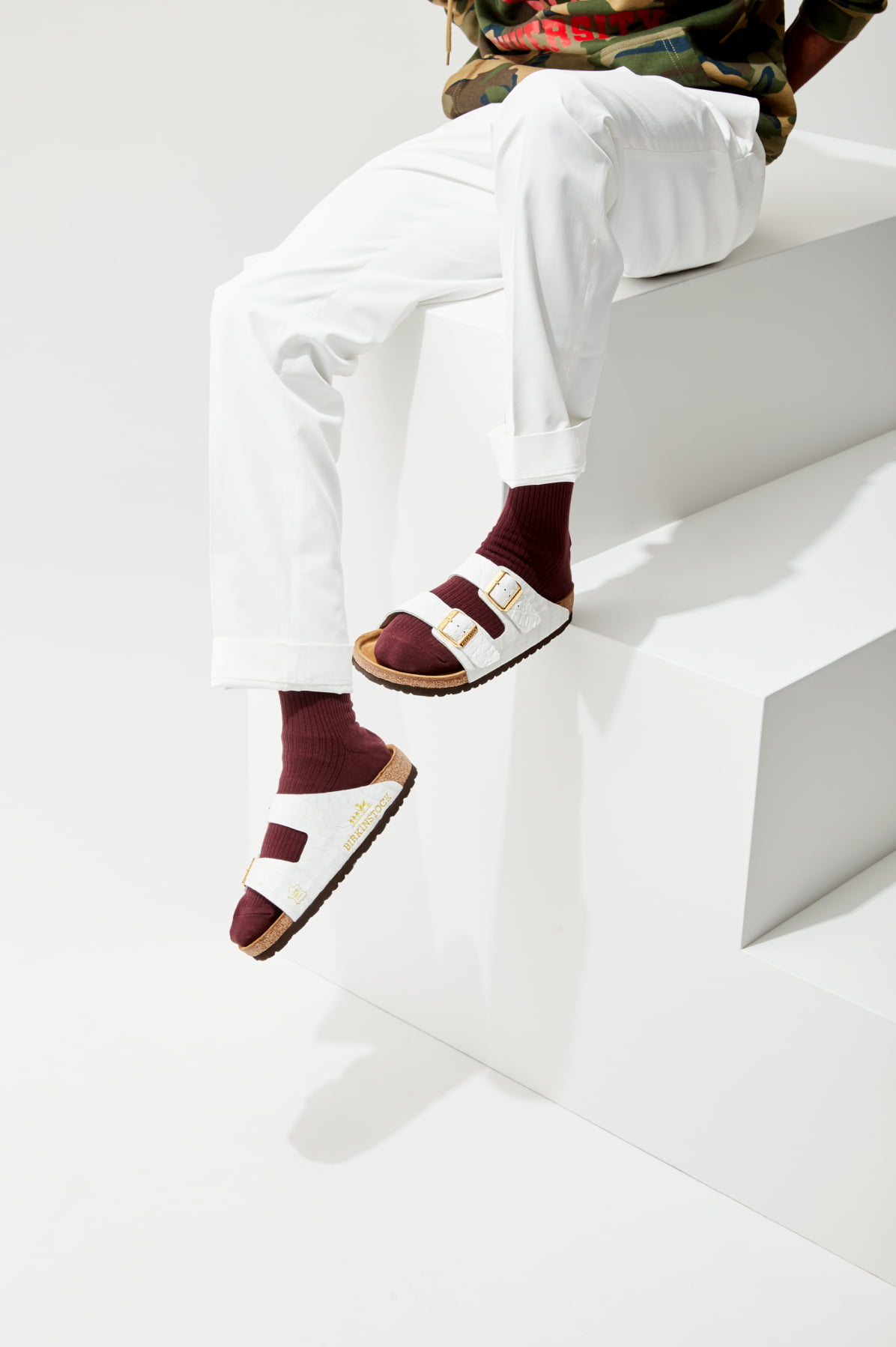Therefore: make luxury objects out of other complete objects
The process of commodity production: at every step a set of component resources goes in and a slightly more worked or assembled product comes out. Ore is mined, smelted, cast into steel; steel and plastic meet stamp and mold to produce a razor; a razor gets put in a pastel box and becomes a Lifestyle Subscription Product™!
And there's a constant drive to extend these processes: if there's anything we've learned from subscription bundling it's that one more step in the production chain equals one more opportunity to upsell.
Luxury products use valuable materials.
Materials derive value from their place in history and culture.
Historically we make luxury objects out of inherently valuable materials. Gold and jewels are perennial favorites, but rare speaks a language of its own: in the 1800s when aluminum was exotic and new, the bourgeois aristocrats of France prized their flimsy, inconvenient, aluminum cutlery more than their antique silverware.
Today, Birkin bags appreciate with an average 14% annual return, consistently beating the S&P 500 - by this metric, just as gold, though shiny, is no longer the basis of currency, we can look to the Birkin bag itself as the new luxury raw material par excellence.
When brands collaborate they conflate, crossover, and context-collapse. A logo gets replaced here, a brand color there. In the end, what of the flagship product remains? BIRKINSTOCKS, though, are no collaboration; perhaps we might more properly call them a transubstantiation.
